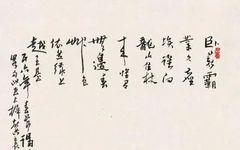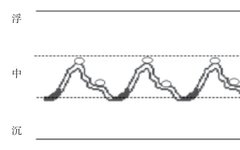Key Points of Pulse Diagnosis: Slippery, Floating, Hard, and Deep – Ni Haixia’s “Huangdi Neijing” Chapter 10 on the Generation of the Five Organs (10.9)
Section Nine Key Points of Pulse Diagnosis: Slippery and Floating Page 84, the size of the pulse, slippery, hard, floating, and deep can indicate different conditions. The representations of the five organs can be inferred. The sounds of the five organs can be perceived. The subtle diagnosis of the five colors can be observed. The … Read more










